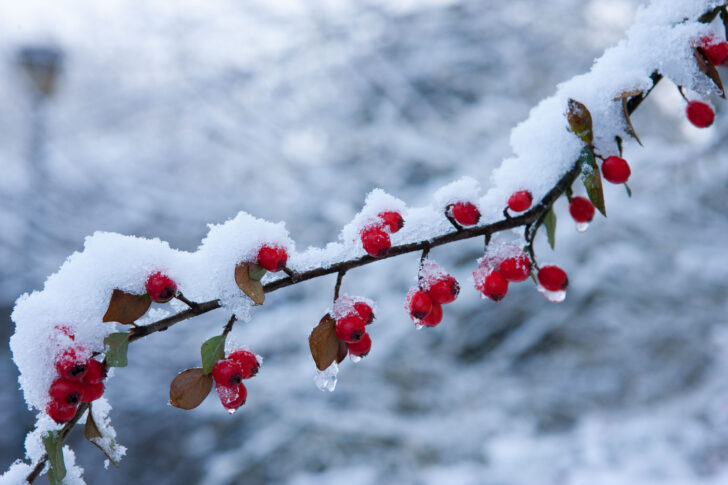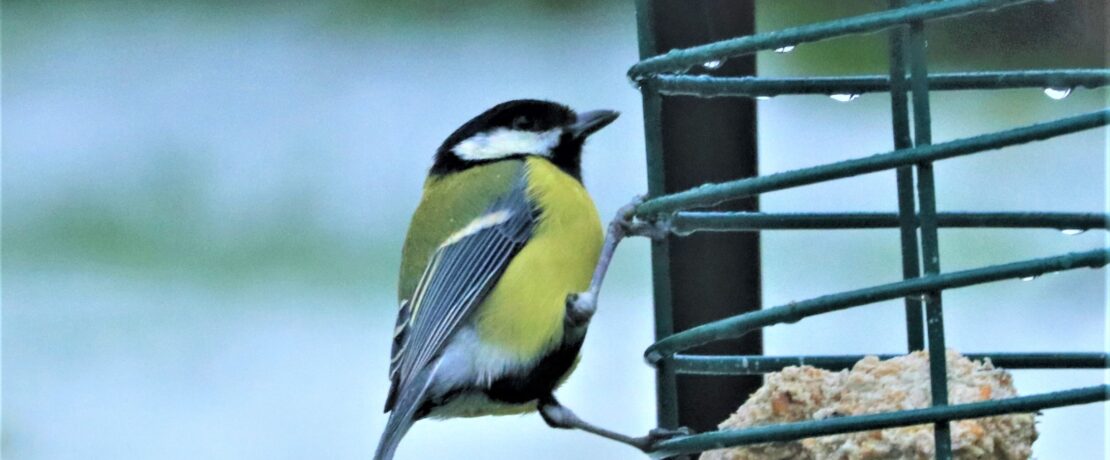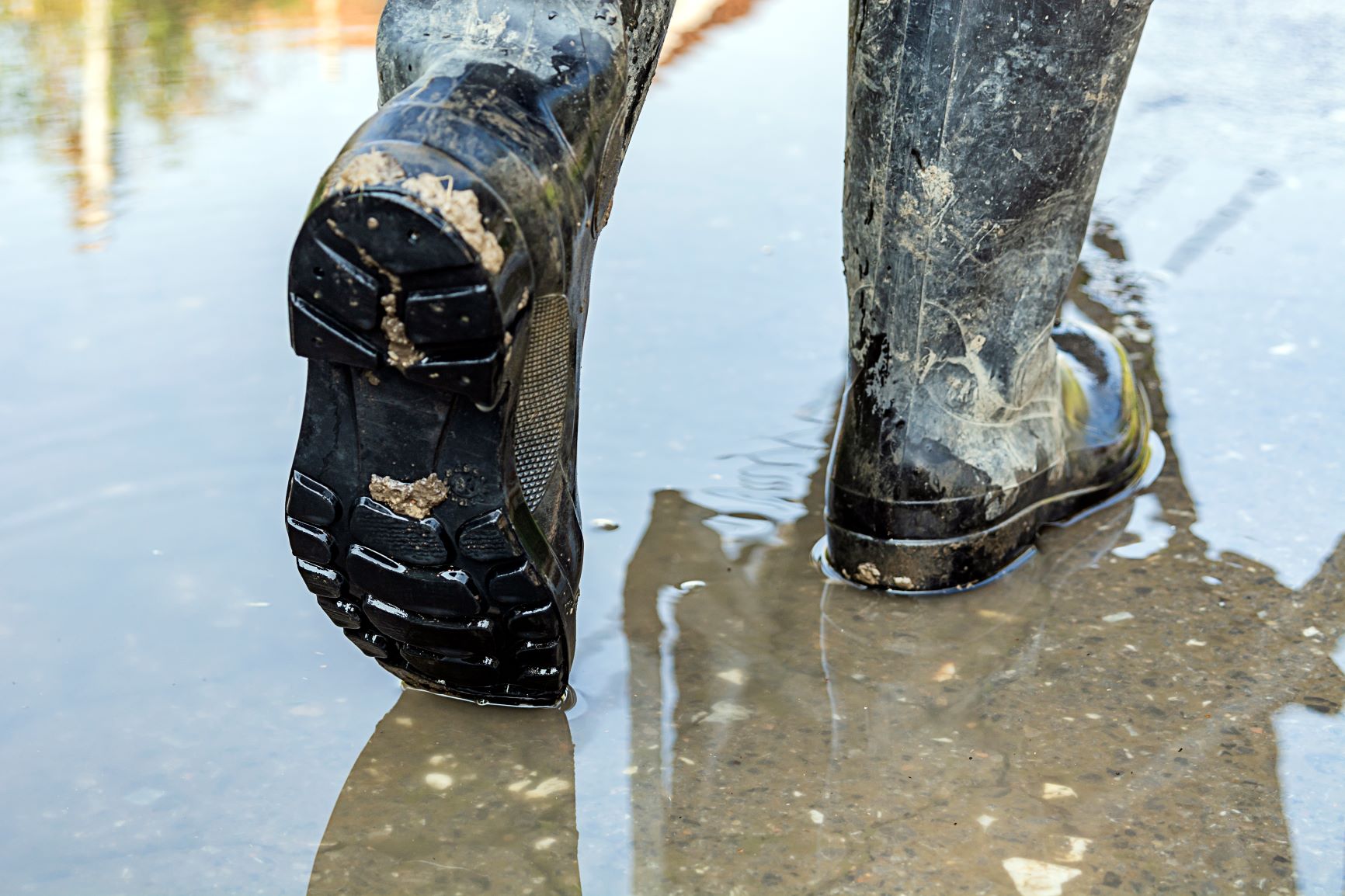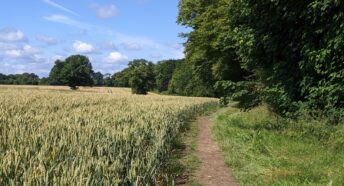Helping the winter wildlife in your garden
Even during the cold winter months, when we tend to stay indoors and it seems like nature is dormant, it’s important to remember that wildlife may need our help to survive. You can play a vital role in helping wildlife thrive, even during the harshest months.
Leaving certain areas of your garden undisturbed during winter provides vital shelter for wildlife. Long grass, hollow stems, dried leaves and tree bark offer refuge for hibernating insects and other similar creatures, collectively known as invertebrates.
Critical winter habitats
Compost heaps are another critical habitat. These should remain untouched until spring—not only to retain the heat needed for decomposition but also to avoid disturbing creatures like slow worms, frogs and hedgehogs.

A simple woodpile can become a shelter for newts, beetles and invertebrates. During the winter frogs, toads and newts enter a state of brumation (semi-hibernation) but come out in search of food on warm days. They may also shelter under plant pots and in the mud at the bottom of ponds.
Feeding the winter wildlife
Don’t forget to feed hedgehogs, which may wake briefly from their slumber during mild winter conditions. Leave cat or dog food and water in sheltered spots. If you encounter a baby hedgehog, keep it warm in a tall-sided box with a hot water bottle (wrapped in a thick towel) and feed it cat or dog food along with fresh water.
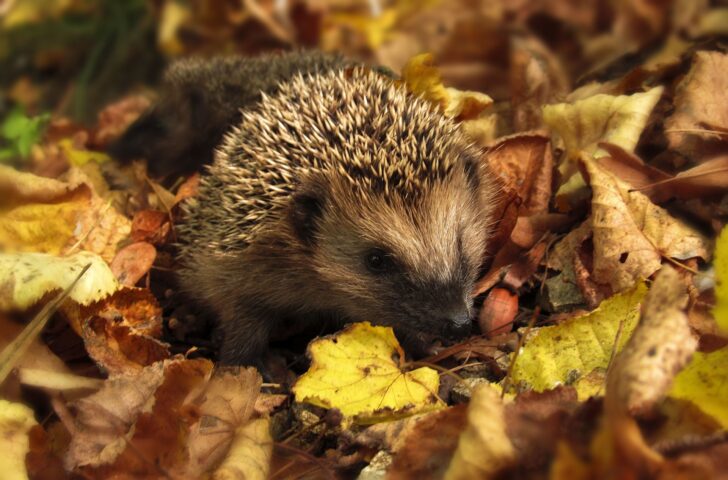
Remember the non-hibernating wildlife—birds, small rodents, and squirrels—which often struggle to find food in colder months. In winter many bird species visit feeders, so provide calorie-rich options like fat balls, peanuts and sunflower hearts to help them stay warm and energized.
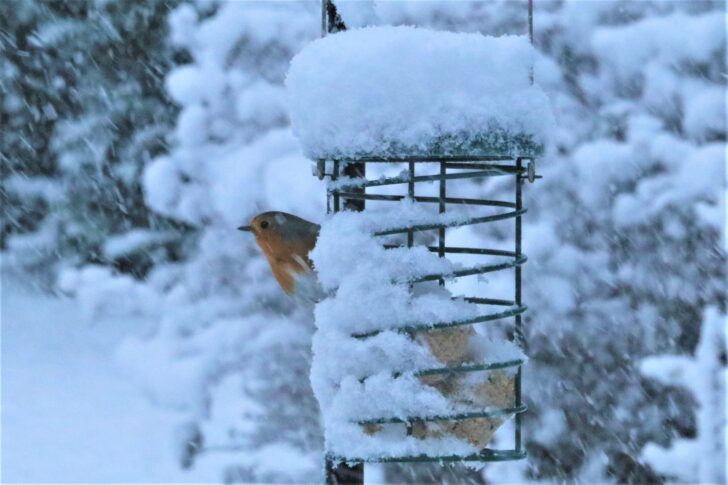
Please clean feeders regularly to avoid the risk of disease spreading between birds. Winter is the ideal time to either hang new bird boxes or clean out and spruce up existing ones to prepare for spring’s breeding season.
Wildlife also needs access to fresh drinking water during winter. When birdbaths freeze, pour warm (not hot) water over them to defrost, and place a floating ball in ponds to maintain an air hole for frogs and newts.
January is an excellent time to plant fruit trees, which act as mini ecosystems, offering shelter and food for many invertebrates and for birds. Winter is also perfect for planting shrubs that will provide nectar, pollen and fruit from spring to autumn. Consider native varieties like dog rose, willows, buckthorn, dogwood, wild honeysuckle and common ivy. Rowan, blackthorn and hawthorn will not only provide spring blossom but also berries that will last well into winter.
